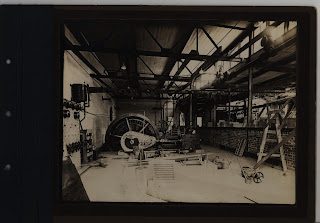The History of Thurber in 12 Objects: Scraps of Memory
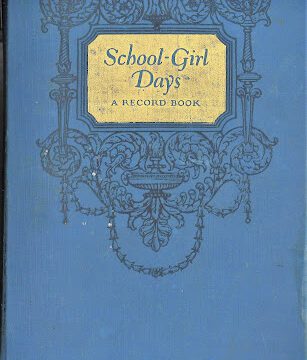
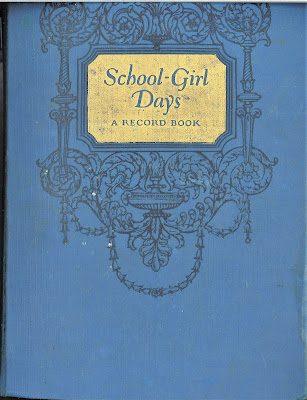
Gordon Center Collection
by Shae Adams
As one year ends and another begins, we take time to look back on the past 12 months. Today that might mean enjoying a video of our memories on Facebook, flipping through old diary entries, or scrolling through photos on our phone. I love this beautiful facet of being human: the desire to hold on to scraps of our past. A scrapbook created by Thurber resident Sybil Rutherford exemplifies this need of individuals to collect pieces of their own history.
Sybil Rutherford grew up in Thurber, graduating from Thurber High School in 1924. She spent her senior year filling a scrapbook with observations of life at school, dance cards, graduation invitations, and snapshots of friends. This artifact gives us a unique glimpse into the day to day life of a teenager in Thurber. I was delighted to discover small details of life usually left out of the history books while looking through Rutherford’s scrapbook. For instance, almost every note in the book refers to Sybil by her nickname, Red, and often mentions her fiery red hair. I loved finding her full dance card from the Thurber High School Senior Dance, evoking images of a perfect night with classmates and sweethearts.
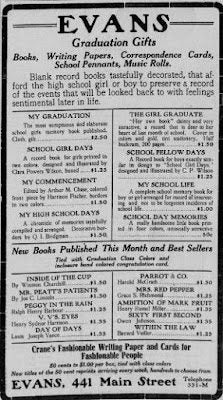
Bennington Evening Post
Courtesy Library of Congress
The scrapbook itself tells us about the importance of this kind of keepsake in the early 20th century. The Reilley & Lee Co. Publishers in Chicago mass produced “School-Girl Days Record Books,” designed and illustrated by Clara Powers Wilson beginning in 1910. Newspapers advertised the books as graduation gifts for prices as low as $1.25. The books gave prompts for things to include in your memory book such as, “My Classmates: their Photographs, Autographs, and Nicknames,” and “Proms, Dances, and Hops.” The front page also included a space for class information such as “Yell, Motto, Colors, Flower, and Description of Class Pin.” (Rutherford used this section humorously; she claimed the Class Yell was “Help we are sinking!” while her Class Pin description read “We didn’t have one but if we did have one it would look like hell.”)
Changes in photography also made scrapbooks like Rutherford’s possible. Photography in the mid to late 1800s required cumbersome equipment suitable only for professionals in studios. During the 1880s, George Eastman began revolutionizing photography by inventing new types of film, development techniques, and cameras. In 1900, the Eastman Kodak Company released the Brownie camera. Portable and affordable (most sold for about one dollar), the Brownie made amateur photography a practical hobby for many Americans. The new ease taking pictures led to the popularity of scrapbooks like Sybil Rutherford’s.
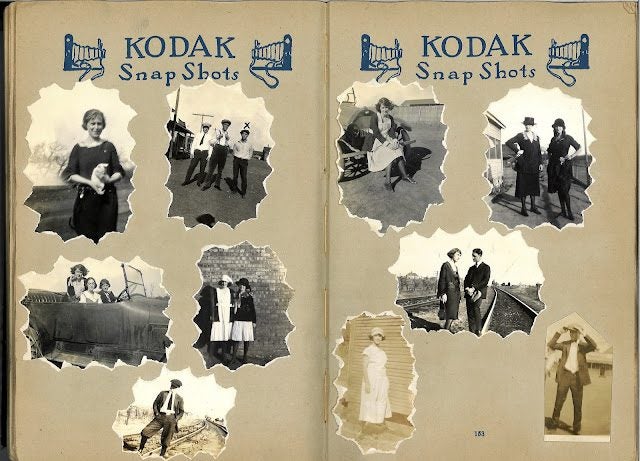
Gordon Center Collection
Whether you’re reflecting on your year digitally or with a scrapbook of your own, we wish you a happy New Year! We hope you make it one to remember. Please note, the Gordon Center will re-open on Wednesday, January 2, for another year of history, science, art, and so much more! Th
